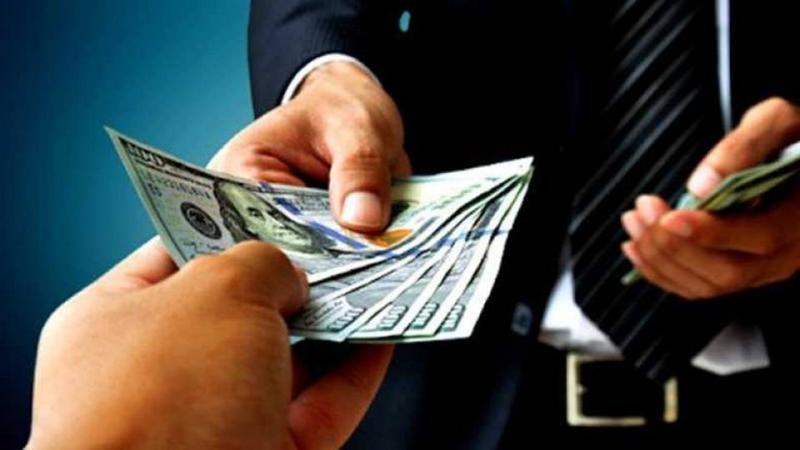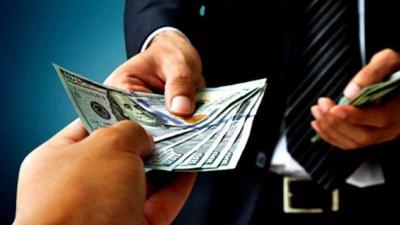The signature on banknotes is a longstanding tradition for the U.S. Secretary of the Treasury, and this week, Janet Yellen faced difficulties in creating a legible signature. The Treasury Secretary remarked, "You might think it's a formal procedure." She added that "Treasury Secretaries provide their signatures to appear on our country's currency, but the founding fathers of the United States did not anticipate that a common trait among Treasury Secretaries would be poor handwriting." Yellen was speaking from the Bureau of Engraving and Printing in Fort Worth, Texas, one of two currency printing facilities alongside the one in Washington.
Yellen recounted that Timothy Geithner and Jack Lew, her predecessors in Barack Obama’s administration, had signatures "so illegible that people mocked them." She noted that Geithner had to change his signature "to make it readable." As for his successor, Jack Lew, it was clear that Obama did not appoint him due to his beautiful handwriting. Yellen mentioned that the president himself jokingly told Lew during his swearing-in ceremony that he should try to make "at least one letter readable." Stephen Colbert remarked that Lew's signature looked like "a child's way of drawing smoke coming out of a chimney."
Yellen admitted she "spent time practicing" before sending in the signature that will appear on the newly printed greenbacks until a new Treasury Secretary is appointed. The printing of the $1 and $5 notes began in Fort Worth and will be released to the market at the beginning of the year, followed by higher denomination bills. After rigorous practice, Yellen signed a number of new dollar bills this week in front of the massive machines at the facility, which produces over half of the dollars in circulation. The name of the first woman to serve as Treasury Secretary now appears to the right of the portraits of former presidents George Washington on the $1 bill and Abraham Lincoln on the $5 bill.
On the other side, the signature of the U.S. Treasurer currently held by Marilynn Malerba, the first woman of Native American descent to hold this position and the leader of the Mohegan tribes, will also be featured. She assumed her role in September.
Another historic precedent is that the signatures of two women will appear on the banknotes alongside the faces of the nation's founding fathers. Charlene Williams, the Chief Operating Officer at the Bureau of Engraving and Printing, which has been printing currency since 1862, stated, "It's a historic event." Coins are issued by the governmental agency known as the "Mint." The $20 bill will soon be changed, featuring an image of Harriet Tubman, the first woman to be depicted on U.S. currency. Tubman escaped slavery in the 19th century and helped smuggle dozens of enslaved people to the Northern United States and Canada before and during the Civil War, before participating in the struggle for women's voting rights.




